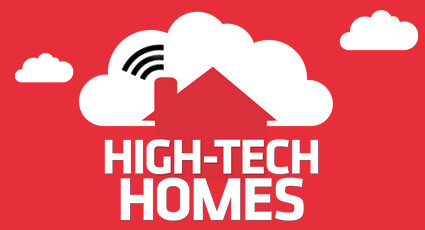4K vs. HD: Get more from your next TV
4K prices and breadth of content are finally starting to look appealing
Advertisement
4K prices and breadth of content are finally starting to look appealing


Share this article Share on Facebook Share on Twitter Share on Linkedin Share on Reddit Share on Email